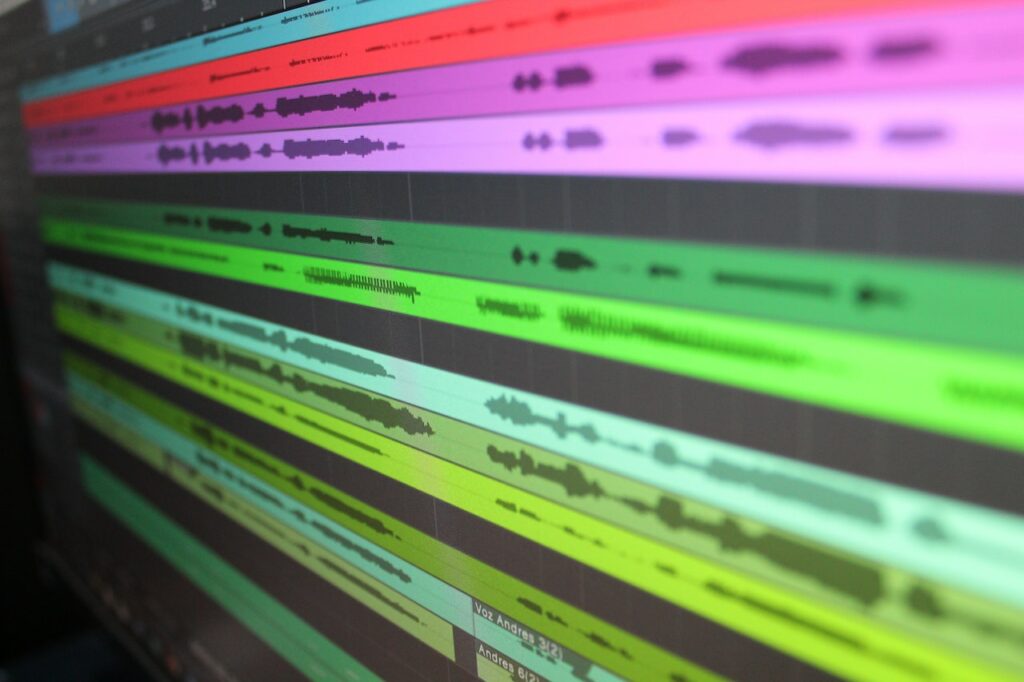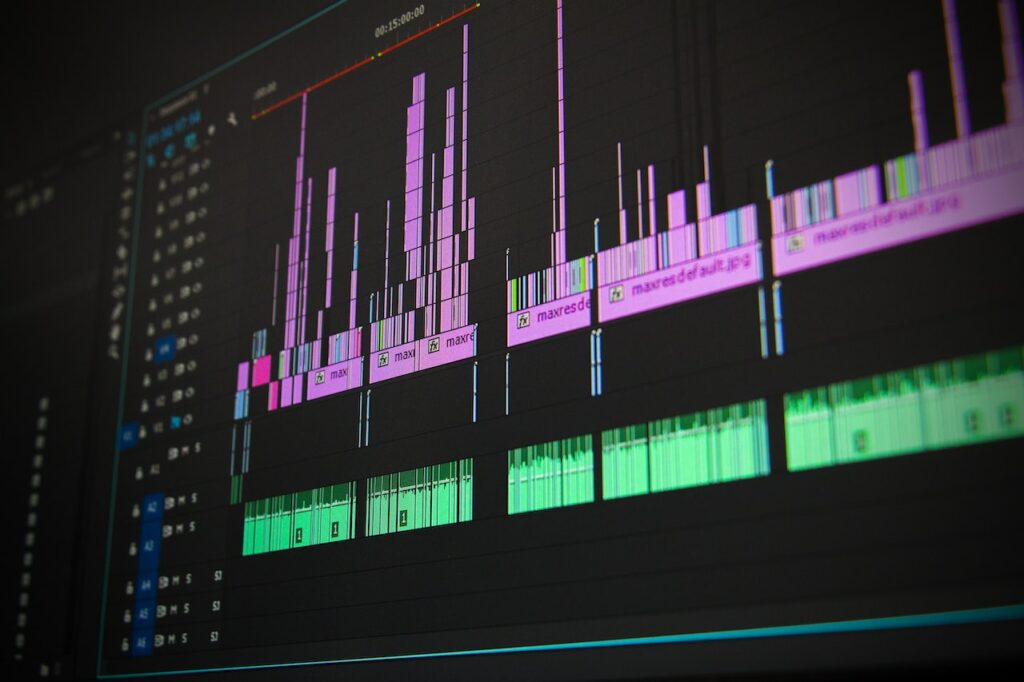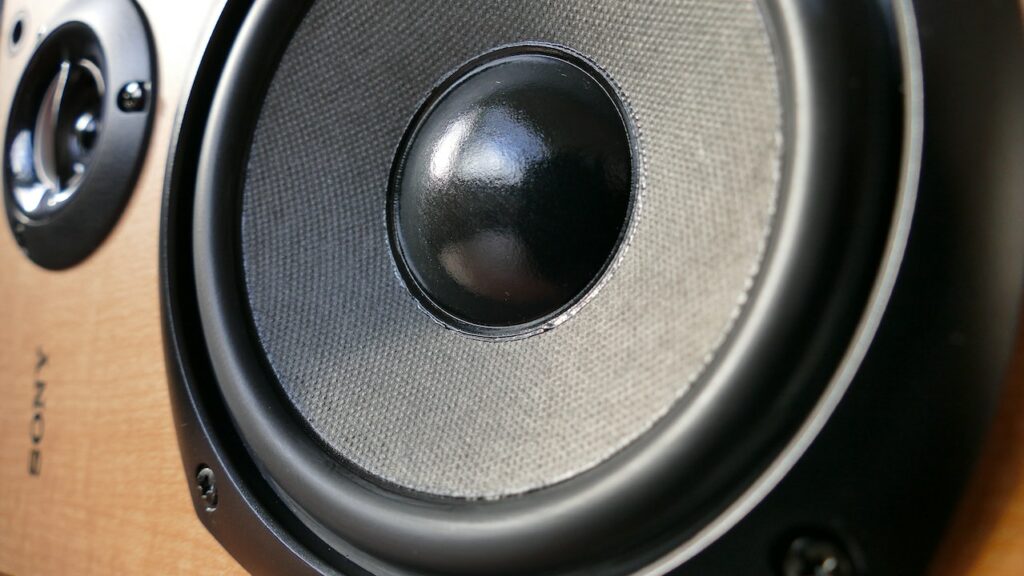Best Audio Mixing Programs: A Complete And Comprehensive Guide
Audio mixing is an essential part of the filmmaking process. It involves the art of combining different sounds, such as dialogue, music, and sound effects, to create a cohesive and immersive audio experience for the audience. Great sound design and the use of appropriate audio mixing programs can elevate a film to the next level and leave a lasting impact on the viewer.
To learn more about the importance of a movie’s audio, check out our blog on sound design in film.
With the rise of digital technology, there are now many audio mixing programs available for filmmakers of all levels. These programs offer a variety of features and capabilities, from basic sound editing to professional-grade post-production tools. However, with so many options available, it can be challenging to know which software to use.
In this blog post, we’ll be exploring the top audio mixing programs available for filmmakers. We’ll provide an overview of each program’s features and capabilities, as well as their advantages and disadvantages. By the end of this guide, you’ll have a better understanding of the different options available and be able to choose the best audio mixing program for your filmmaking needs.
Audacity
Audacity is one of the most popular and widely used audio mixing programs available for free. This open-source software is available for Windows, Mac, and Linux operating systems, making it accessible to filmmakers of all levels and budgets.
Features and Capabilities
Audacity offers a variety of features and capabilities, such as the ability to record, edit, and mix audio tracks, including dialogue, music, and sound effects. It also has a basic range of plugins and effects, such as noise reduction, equalization, and compression, which can help you achieve a professional-quality audio mix.
Advantages and Disadvantages
Another advantage of Audacity is its user-friendly interface, which makes it easy to learn and use, even for those new to audio mixing. However, it’s worth noting that because it’s free, it may not have all the advanced features of more expensive audio mixing programs.
Bottom Line
Overall, Audacity is an excellent option for filmmakers who are just starting with audio mixing or those on a tight budget. With its intuitive interface and range of features, it’s a powerful tool for creating high-quality audio mixes for your film projects.

Avid Pro Tools
Avid Pro Tools is one of the most popular audio mixing programs used by professionals in the film industry. It’s known for its powerful features and capabilities, making it a top choice for those who require an advanced audio mixing program.
Features and Capabilities
One of the most notable features of Pro Tools is its ability to handle large and complex audio projects with ease. It can handle a large number of audio tracks, effects, and plugins, allowing you to create intricate audio mixes for your film projects.
Advantages and Disadvantages
An advantage of Pro Tools is its compatibility with a wide range of audio hardware and software, making it easy to integrate into your existing audio workflow. It also offers features such as automation, which allows you to make precise adjustments to your audio mix over time.
While Pro Tools can be a bit more complex than other audio mixing programs, its powerful capabilities make it a top choice for professional filmmakers who demand the best audio quality for their projects.
Bottom Line
Overall, if you’re a professional filmmaker or audio engineer looking for a powerful audio mixing program, Avid Pro Tools is an excellent choice. With its advanced features and capabilities, it can help you achieve a professional-quality audio mix for your film projects.

Adobe Audition
Adobe Audition is another popular audio-mixing program that is widely used in the film industry. It is known for its user-friendly interface and powerful audio editing tools, making it a favorite among both beginners and professionals.
Features and Capabilities
One of the standout features of Adobe Audition is its spectral editing capabilities, which allow users to visualize and manipulate audio frequencies in a precise manner. This makes it a great tool for tasks such as noise reduction, audio restoration, and even creative sound design.
Advantages and Disadvantages
One advantage of Adobe Audition is its integration with other Adobe Creative Cloud applications, such as Premiere Pro and After Effects. This means that users can easily import and export audio files between programs, streamlining their workflow and making the editing process more efficient.
Bottom Line
Overall, Adobe Audition is a versatile and reliable audio mixing program that is well-suited for a range of projects, from basic podcast editing to complex film soundtracks.

Logic Pro
Logic Pro is a digital audio workstation (DAW) and music production software developed by Apple Inc. It is one of the most popular audio mixing programs used by music producers, sound designers, and audio engineers. However, it’s also a great option for filmmakers looking to mix audio for their movies.
Features and Capabilities
One of the key features of Logic Pro is its powerful audio processing tools, including EQ, compression, and reverb. It also offers a range of built-in audio effects and plugins that can help you create a unique soundtrack for your movie.
Advantages and Disadvantages
A benefit of Logic Pro is its compatibility with other Apple products, such as Final Cut Pro X. This makes it easy to import audio files from your movie project directly into Logic Pro for mixing. Additionally, Logic Pro offers support for surround sound mixing, making it a great choice for filmmakers looking to create an immersive audio experience.
If you’re new to audio mixing, Logic Pro may have a steeper learning curve than some other options. However, there are plenty of resources available online, including tutorials and forums, that can help you learn how to use the software effectively. It is also only available on Apple computers, meaning you cannot use it if you are using a computer that is running Windows or Linux.
Bottom Line
Overall, Logic Pro is a powerful audio mixing program that can help filmmakers achieve professional-level audio for their movies. While it may require some time and effort to learn, the end result is well worth it.

Comparison and Conclusion
After discussing the features and benefits of the top audio mixing programs, it’s important to compare them to help you choose the right one for your needs. Here’s a breakdown of the comparison:
- Audacity: The most user-friendly and accessible option on this list. Great for beginners or those on a tight budget.
- Avid Pro Tools: Offers the most professional and advanced tools, making it the preferred option for experienced audio engineers and large-scale productions.
- Adobe Audition: Provides a balance between beginner and professional features, making it a good option for small to medium-sized productions.
- Logic Pro: An ideal choice for Mac users and musicians who want to integrate audio mixing with their music production.
Overall, each of these audio mixing programs has its own unique features and benefits. It’s important to consider your needs, budget, and experience level when choosing the right one for you.
If you want to learn more about budgeting a film, check out our film budget breakdown post.
In conclusion, choosing the best audio mixing program for your movie’s audio can be overwhelming, but by considering the features and benefits of each program, you can make an informed decision. Audacity, Avid Pro Tools, Adobe Audition, and Logic Pro are all great options to help you achieve high-quality audio mixing for your movie.
If you want to get a head start into your journey in filmmaking, consider our film funding contests! You can win up to $10,000 for your film by submitting just a single sentence. Our goal is to provide a platform for independent filmmakers to showcase their work and gain exposure in the film industry. So if you have an idea for a film, submit it with us for a chance to win big!